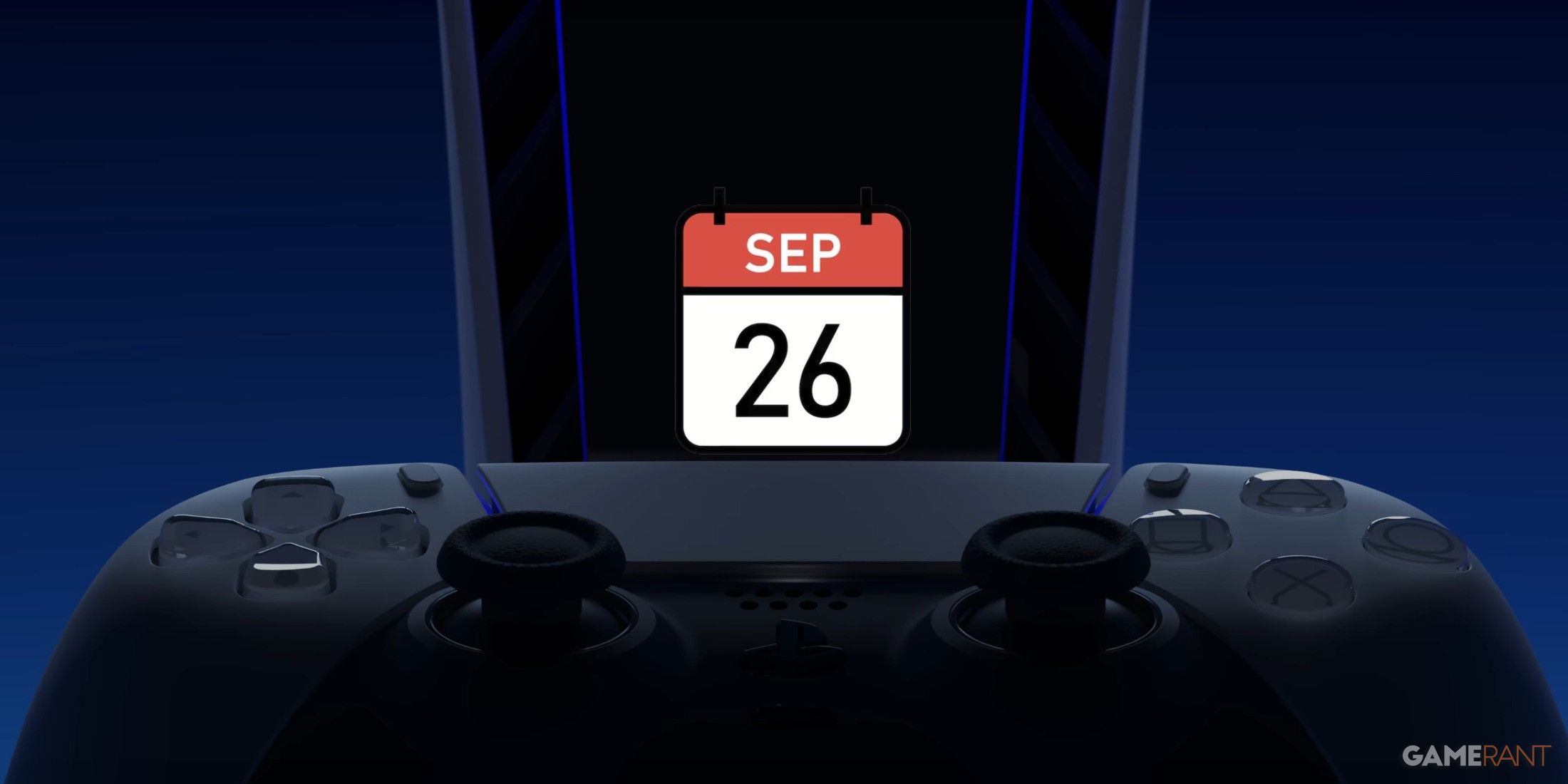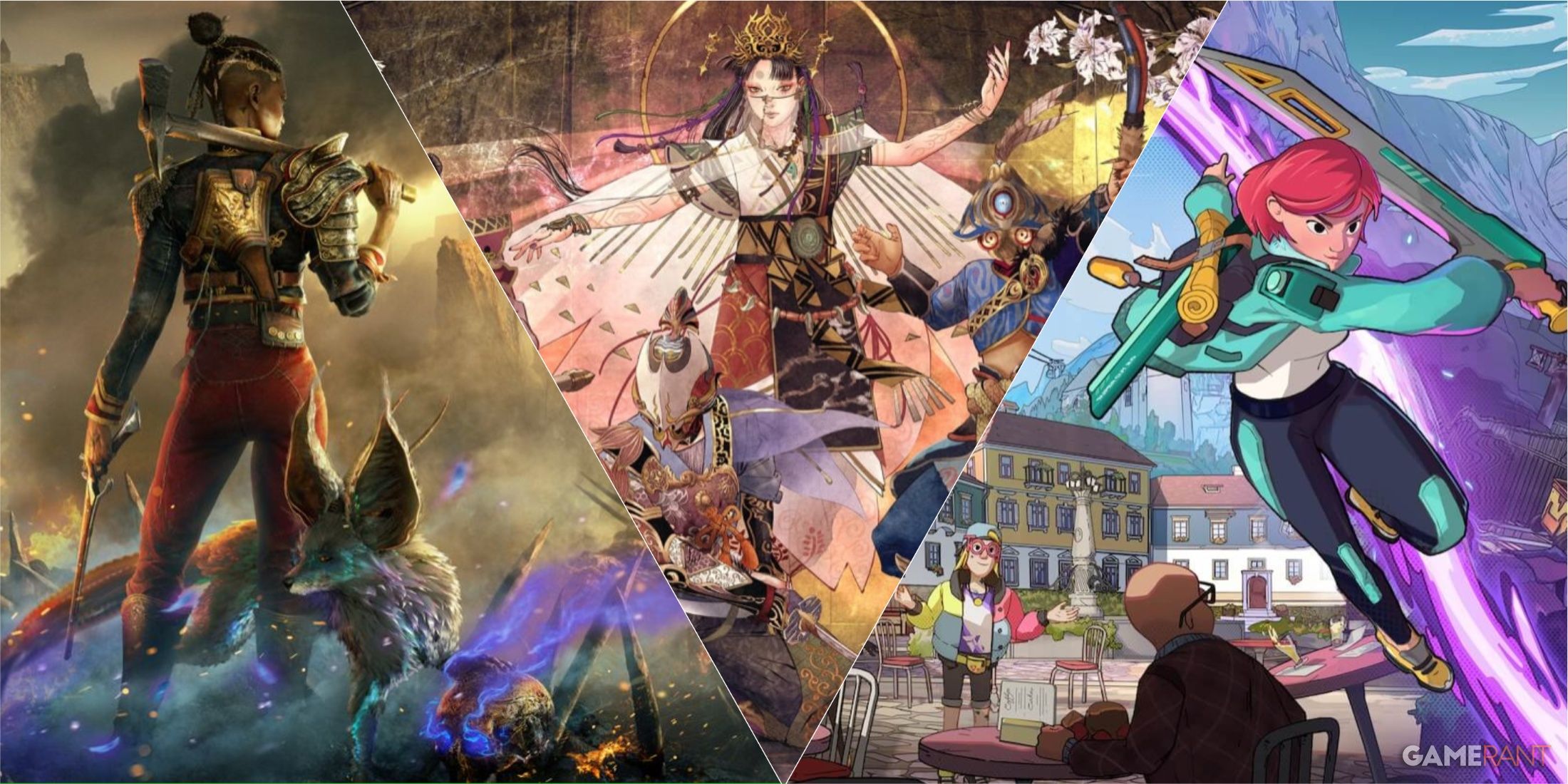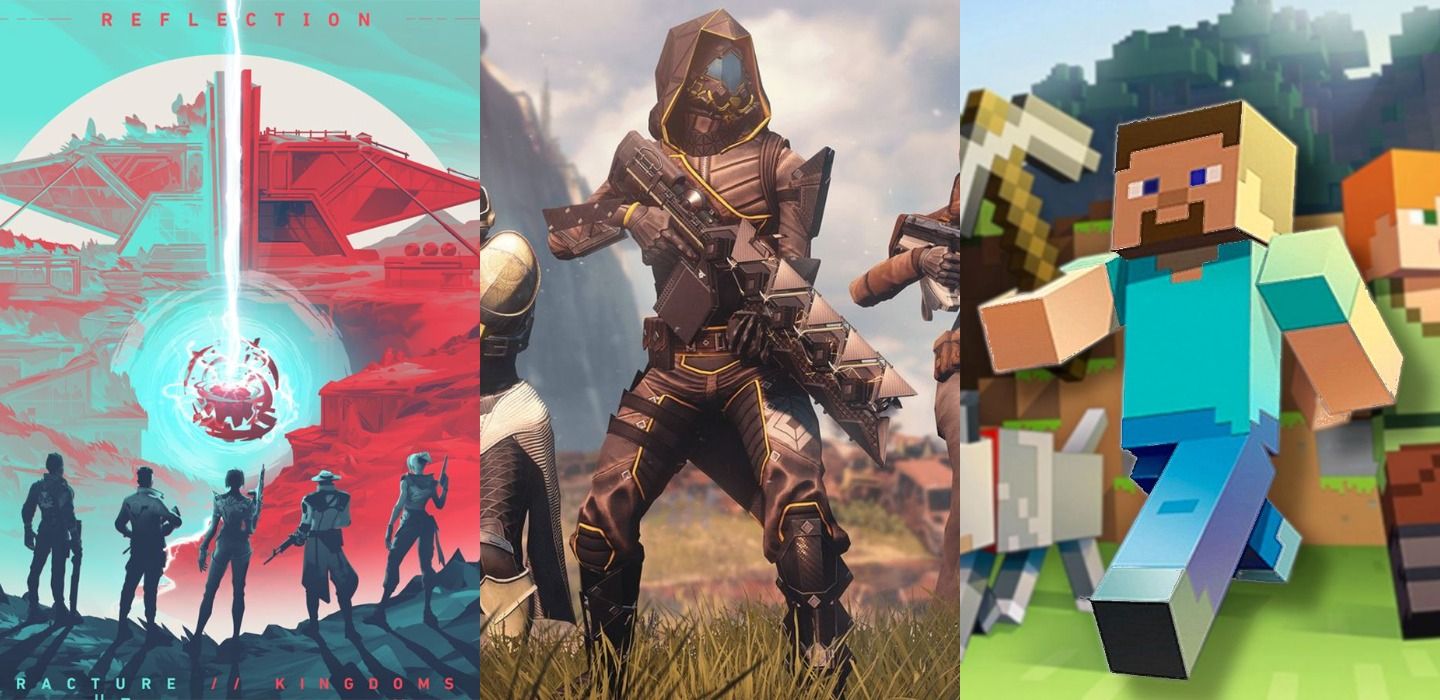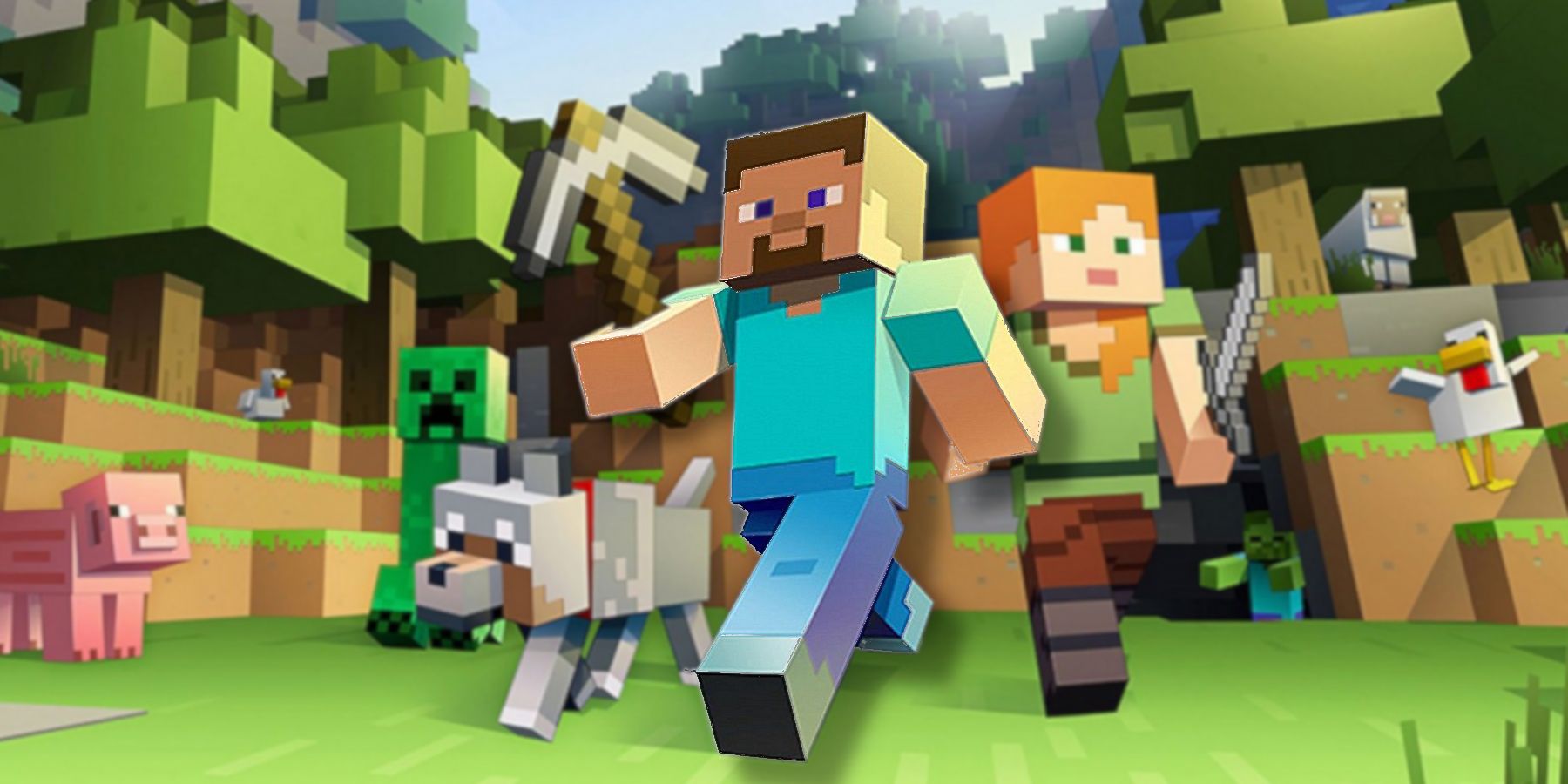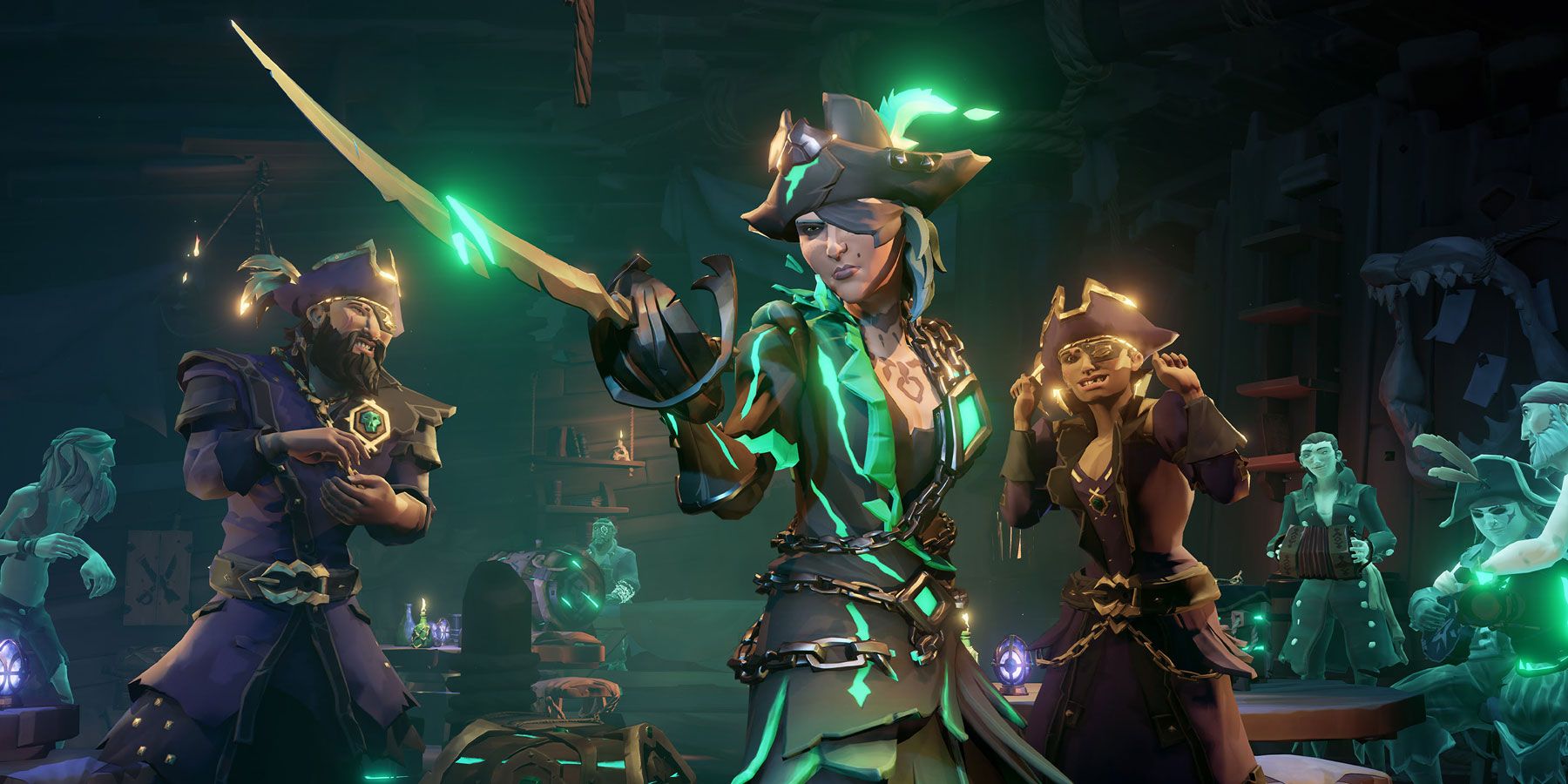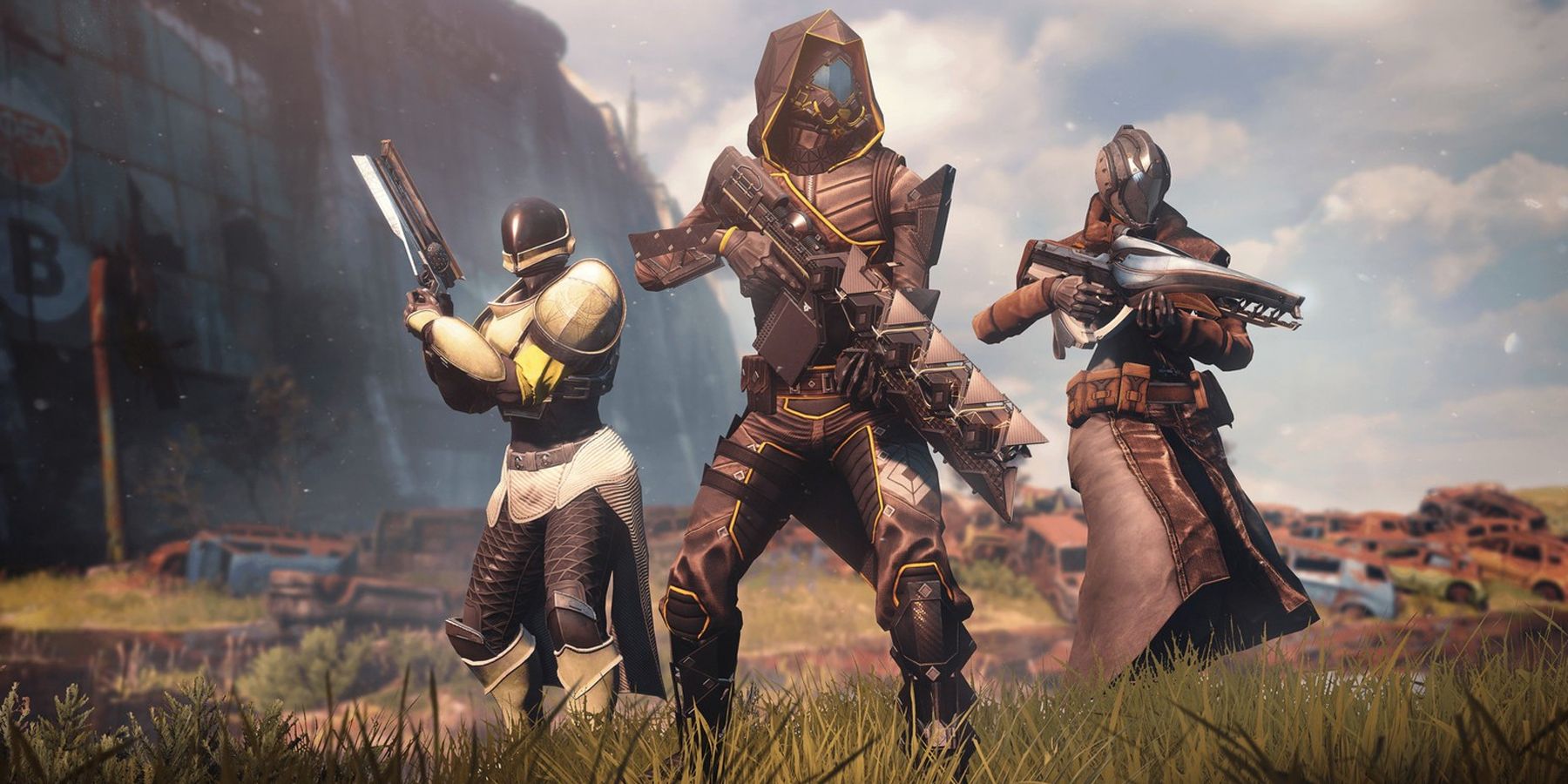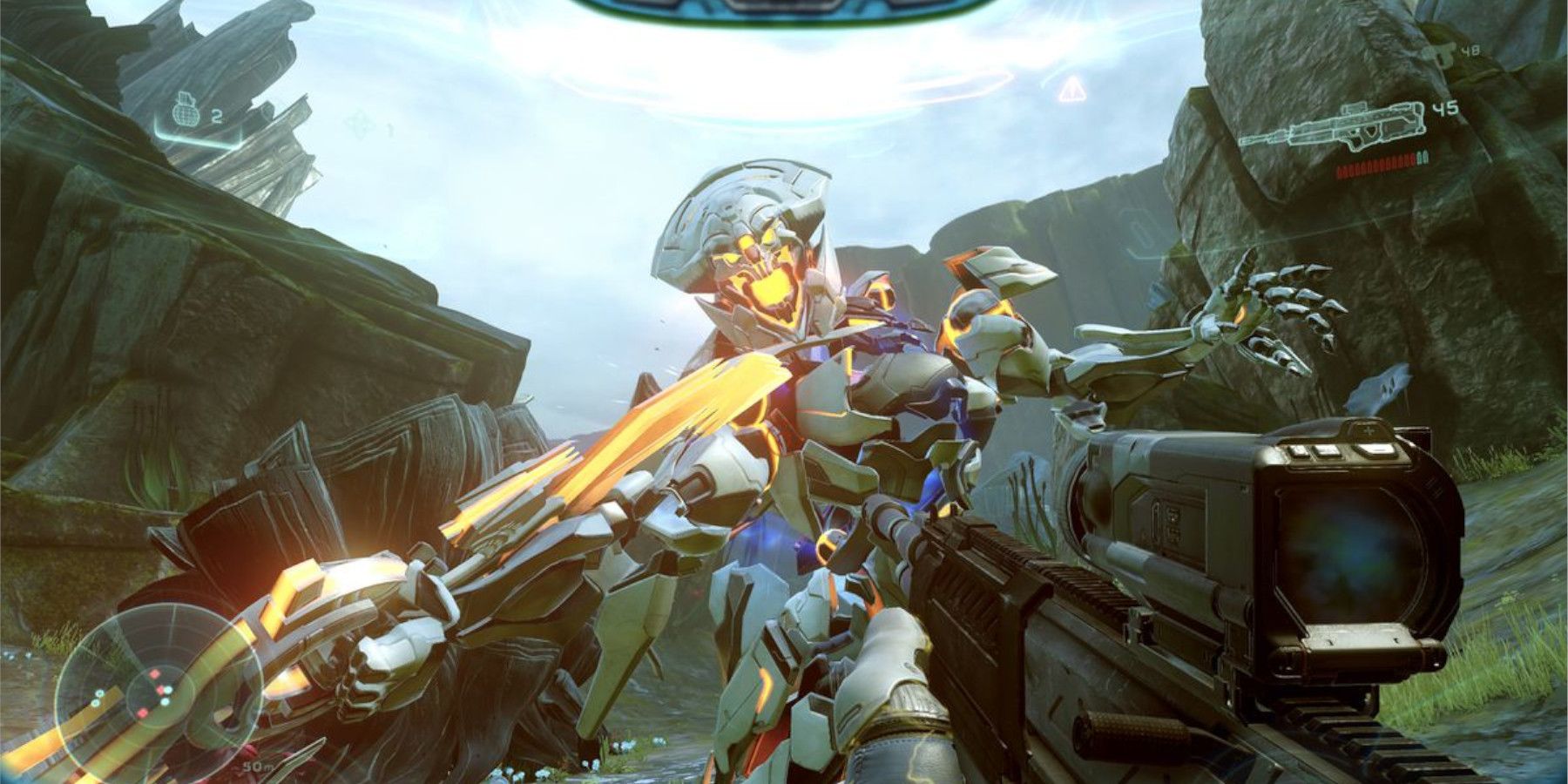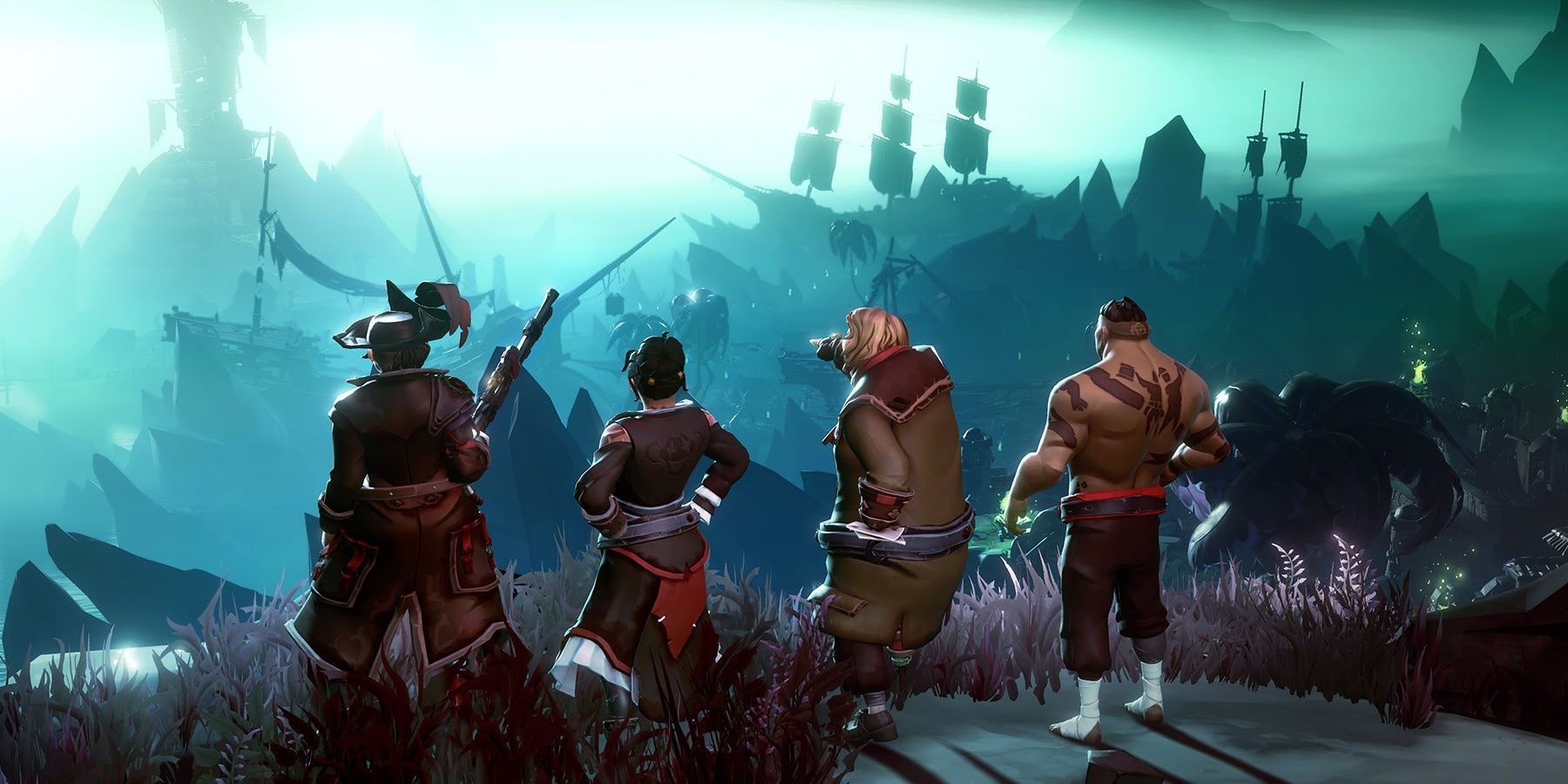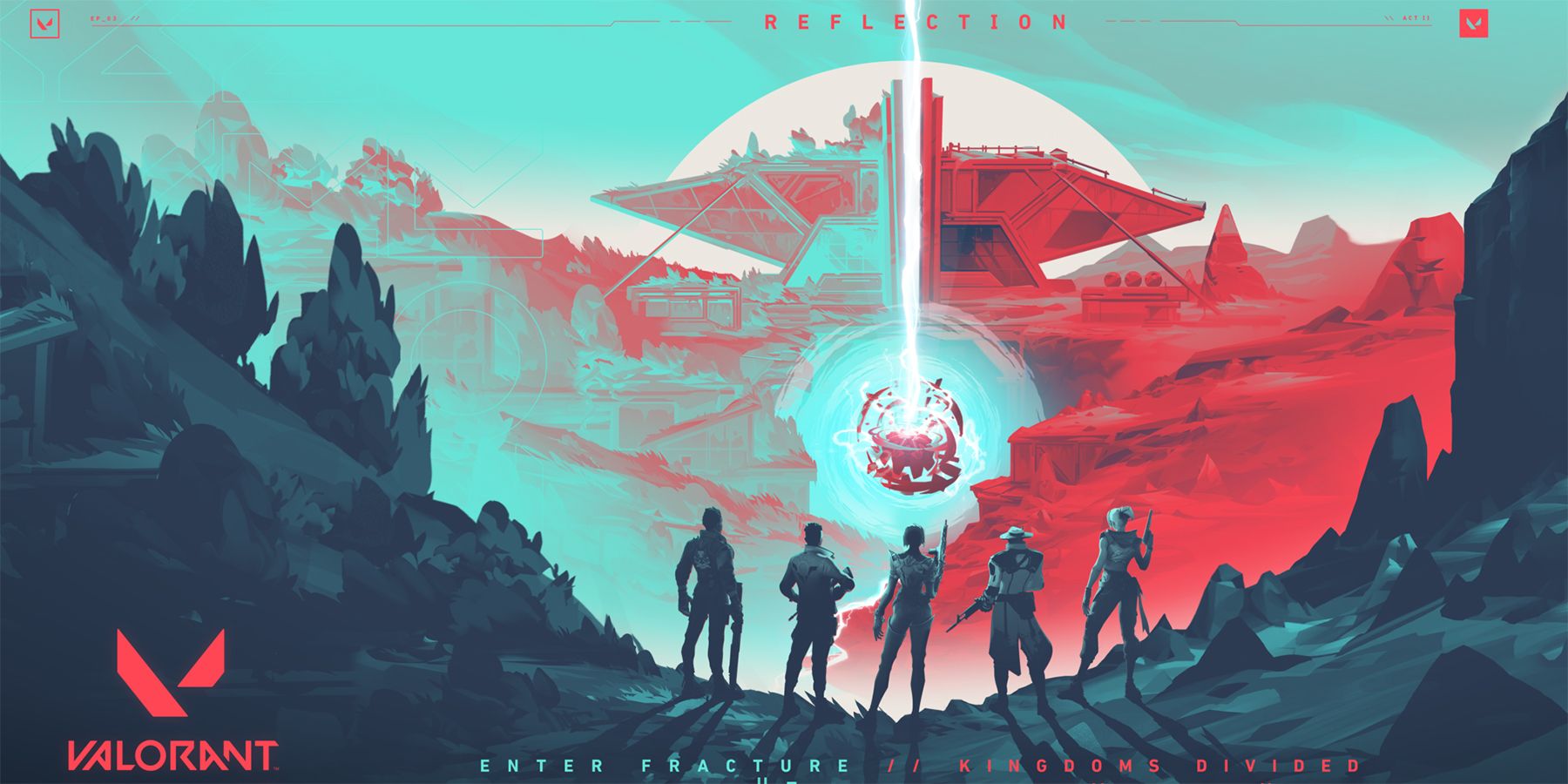While the 'Games as a Service' model isn’t exactly new, it seems that more and more developers and publishers are beginning to rely on the practice to generate profit. The days of merely buying a game, owning it, and getting a defined product on launch day are quickly becoming a thing of the past.
While many gamers lament what they see as a negative trend in the gaming industry, there are quite a few benefits to the Service trend that many wouldn't initially believe. As time evolves these benefits may become more pronounced although it is also possible that they may fade over time. Either way, it seems that gamers will have to learn to embrace this current trend, whether they like it or not.
8 Free Content
If there is one thing nobody has a problem with, it's free stuff. Back in the day, however, games used to charge players for extra content post launch. Many will remember the various map packs and other DLC that players had to purchase in order to get new content back in the mid to late 2000's. This was the case until Minecraft and other games came along and helped popularize free content updates.
It has since become an industry standard with games like Call of Duty or Halo, games which once had paid DLC packs, having now embraced the free update model for various reasons. The benefits of this system, besides the purely economical, include avoiding a split playerbase for online games and continuing reasons to revisit a particular game.
7 Scheduled Updates
Seasonal updates and battlepasses have become very common in the AAA gaming industry. DLC used to be far less frequent in ye olden days of games like Gears of War 2 for example, which saw only a handful of DLC map packs released in total and not according to any set schedule.
Games like Sea of Thieves, on the other hand, receive monthly updates or longer seasonal updates. These days, players not only know when to expect content drops, but they're likely to receive more updates than they would have under the previous model.
6 Long Support Cycles
Modern games receive all kinds of support for years after they initially release. Until the 2010’s, however, games really only got a few updates and some additional content before the developer released another game.
Compare this to a game like Destiny 2 which has been receiving updates and expansion packs since it came out in 2017. Four years on unending support would’ve been seen as a tall order back in the day but given the nature of the ‘Games as a Service’ model it seems entirely appropriate.
5 Adaptation to Player Feedback
Games are designed to have a much longer lifespan nowadays. Responding to player feedback then becomes more important as time goes on because if those players are dissatisfied with a particular game, they will simply stop playing it. This presents quite a problem for service games that require lots of players to turn a profit.
Fallout 76 is one such game that launched in an utterly ridiculous state but has since addressed much of the fan criticism. It has arguably seen more updates and changes than Fallout 4 ever has. Destiny 2 is another game which even went free to play after Bungie split with Activision.
4 Content Accessibility
Gamers might remember the days of having to navigate the old Xbox Live Marketplace to find DLC content to spend their hard-earned Microsoft Points on or going to third Party websites to download mods for their Elder Scrolls or Fallout game.
As games have become more of service-oriented experience over time, accessibility to content has only gotten better in the form of free, universal updates and features such as Bethesda’s built-in mod functionality for games like Fallout 4 and Skyrim. These methods allow players to receive both first and third party content with much less of a hassle.
3 Unified Playerbase
One of the major pitfalls of the old DLC systems was that they tended to split the population of active players based on who had and did not have the DLC. Games like Call of Duty 4 and Halo 3 ran into this issue when it came to their online Multiplayer components. The problem was that only some players would end up buying the DLC, and that meant that in many instances they couldn’t play with players who hadn’t bought it.
Modern content updates have largely fixed this issue in a variety of games. Halo 5 Guardians, for example, added new maps for free.
2 Promotional Crossovers
If there’s one thing everybody can get behind it’s a good crossover. Crossovers have proven to be a great way to garner interest in a new game or even just an update to an existing game.
Fortnite is somewhat infamous for its crossover characters from franchises such as Halo or Marvel, while Sea of Thieves received tots of praise for its Pirates of the Caribbean themed crossover, A Pirates Life. Endeavors such as these might be costly but the amount of buzz they can generate is undeniable.
1 Free-to-Play
Nothing says ‘Games as a Service’ quite like the concept of Free-to-Play. Free games such as Valorant bring players in by not forcing them to pay for the experience itself but the catch is that many of the in-game items are monetized.
This is typically accomplished through “in app purchases” or microtransactions. In short, the game is free but certain things within the game aren’t. This way, developers can still turn a profit even though the game doesn’t cost any money, which in turn gives more players the opportunity to play the game.

